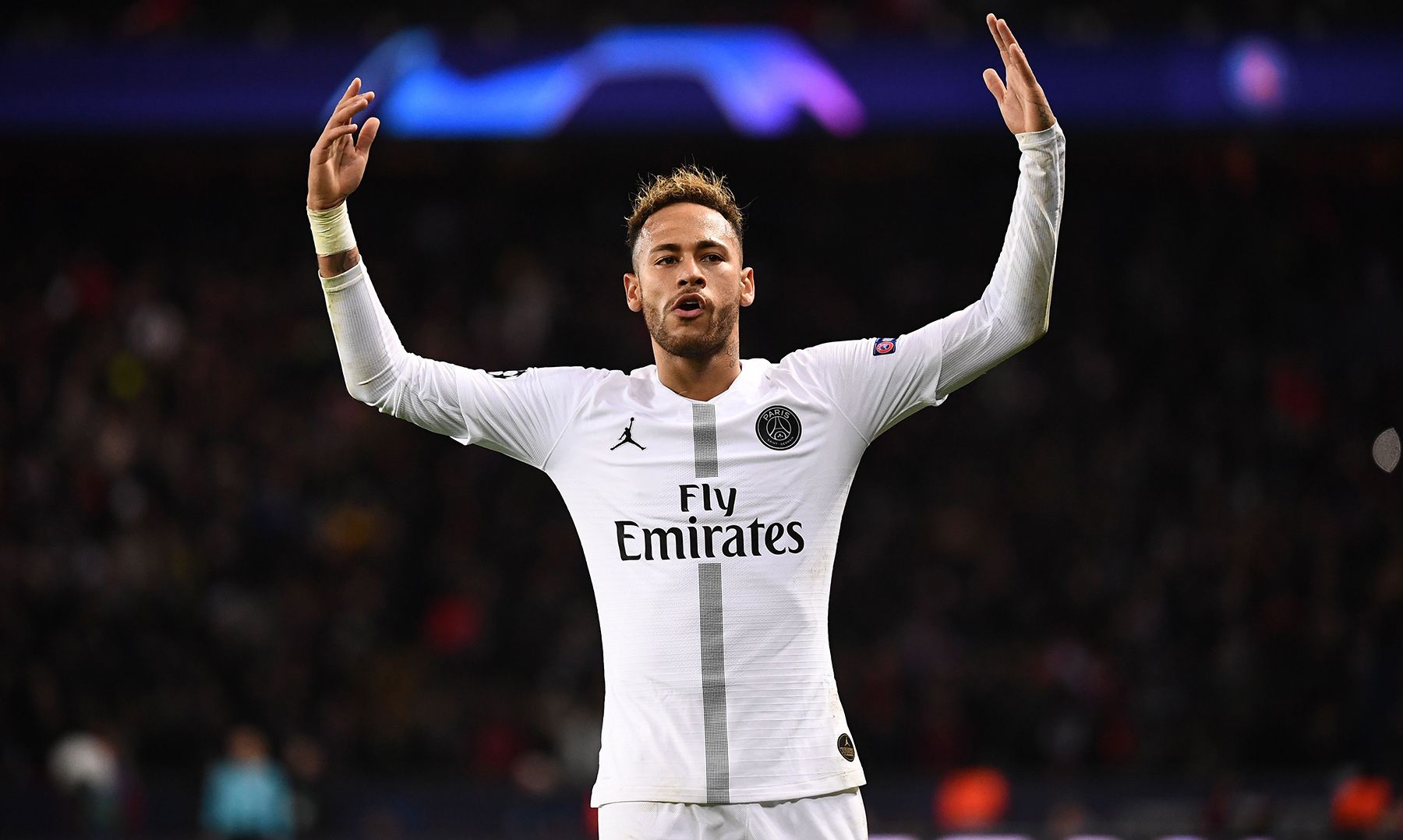Over the next three segments, we will be examining the causes and effects over the past couple of years of the greatest amount of capital ever being spent in sports.
Part I: NBA Player Movement and Tampering
Part II: Football and Financial Fair Play
Part III: How Can Small Markets Cope?
Just to clarify, today we are talking about football, real football. Although our own version has some form of disparity financially between markets, European football has both thrived and suffered due to an influx of cash slowly building over the past two decades.
In 2003, Roman Abramovich a Russian billionaire completed the purchase of Chelsea F.C. for a staggering $1.1 billion. This would mark the beginning of extensive foreign investment in western European football as we know it. Originally, fans of Chelsea were skeptical of this new investor controlling their club, especially since he was not British. Success however, silences critics. With 13 major trophies and counting since the takeover, Chelsea have become a juggernaut in the football world, and fans today are becoming appreciative of what Abramovich has provided them.
All of this action appeared to be a positive sign for the footballing world. Quality of play was getting better, players were being paid more for their exploits, and investment was increasing. In 2015, the English Premier League signed the largest broadcast television deal in football history with Sky Sports for over $1 billion dollars. Outside of Britain, traditionally powerful European clubs like Bayern Munich, Juventus, Real Madrid, and Barcelona retained their dominance, but with this new money, it was only a matter of time before they would be challenged.
Evidence of progression due to an influx of cash: last year’s Champions League Final was played between two English teams, Liverpool and Tottenham.
In France however, one of the largest monopolies in the sport was about to begin. In 2010, the Qatar Sports Investment group bought Paris Saint Germain (PSG). With literally an entire nation’s coffers able to be exploited to create the best football team possible, some questioned whether it would even be fair. After the 2017 offseason with Neymar Jr. joining PSG for a record $245 million, prices in the transfer market of players soared, and PSG were at the center of it all.
But how much money can you really put into a club?
FIFA and their Financial Fair Play rules would soon come and bring some level of transparency and equality across the game, right? Technically, a team is not supposed to spend more than they bring in with a grace period of about a year. With just their single transfer for Neymar, PSG would have used over one fourth their entire value. Naturally, questions would arise as to how they got so much money in the first place. Back to Qatar Sports Investment. It was learned that the cash to back up this deal was coming from external sources and therefore disobeying Financial Fair Play rules. Would they have to retract the deal? Would there be some form of punishment, maybe a restriction from European football? No. The club was banned from the transfer market for the upcoming winter and summer, and that is all.
With no regulations on the flow of cash, and seemingly no punishments to back up the rules, European football is becoming a rich team’s game. Smaller clubs are having difficulty keeping up with the hundreds of millions that their league peers are investing every year, and disparity is growing. If we wish for the game to be played as it was intended, an art form, an even match between two teams, we need strict enforcement of the rules as soon as possible before it all gets out of hand.